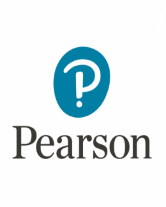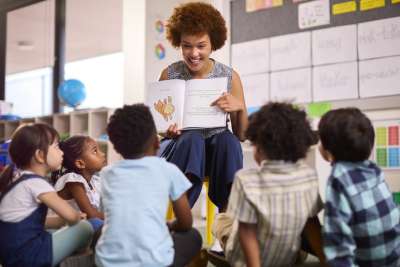Lesson Summary
Generating questions plays a key role in the process of learning how to read, and then again in learning how to read better. There are so many question that students may have about the text that they encounter – questions about the author's style or purpose, questions about new vocabulary, questions about what might happen, etc. Students need to first begin to feel comfortable asking questions, then learn to ask the vital questions that will direct their focus and clear up confusion.
In this lesson, the teacher will read The Wall by Eve Bunting with the purpose of focusing on asking important questions. The students and the teacher will then categorize the questions according to the criteria for each.
Materials
When you read the story ahead of time, write any questions that pop into your head on post-it notes and have them available. Provide large pieces of paper and post-its for students, and locate enough copies of the book The Wall for partners. Provide a piece of paper for each group of four students.
Prepare a piece of chart paper titled QUESTIONS with different columns of categories:
Questions that are answered in the text
Questions that I have to make an inference to answer
Questions that are not important to understanding the story
Questions that require research to answer
Questions about the author's style
Questions that clear up confusion
Objectives:
Students will ask questions before, during, and after reading. Students will categorize important vs. interesting questions with a focus on important questions.
Procedure
Explain that good readers ask questions before, during, and after reading to help them understand a story better. "Today, we're going to focus on asking questions."
Present the book The Wall to the students and say, "I will read the title, and the back cover and look at the illustrations and think of as many questions as I can. These are the questions that I have before reading." Read your prepared post-it notes to the students.
Read the story to the children and think aloud, asking questions while reading. Stress that these are the questions you have during reading. Read your prepared post-it notes to the students.
When you have finished reading the story, ask questions that pop into your head and stress that these are the questions that you have after reading. Read your prepared post-it notes to the students.
Take your questions on post-its, think aloud, and categorize them in the appropriate column according to the type of question that you asked.
The students partner-read and use post-its on pages where they have a question. Have partners narrow their questions down to two questions.
Then have the partners share their questions with another paired group.
-
The groups of four students choose one of their questions and write it on a larger piece of paper.
Gather all students and have them share their questions.
With help from the class, have students categorize their questions.
Discuss the questions that are important vs. interesting, and have students focus on the important questions.

In this lesson, the teacher will read The Wall by Eve Bunting with the purpose of focusing on asking important questions.






